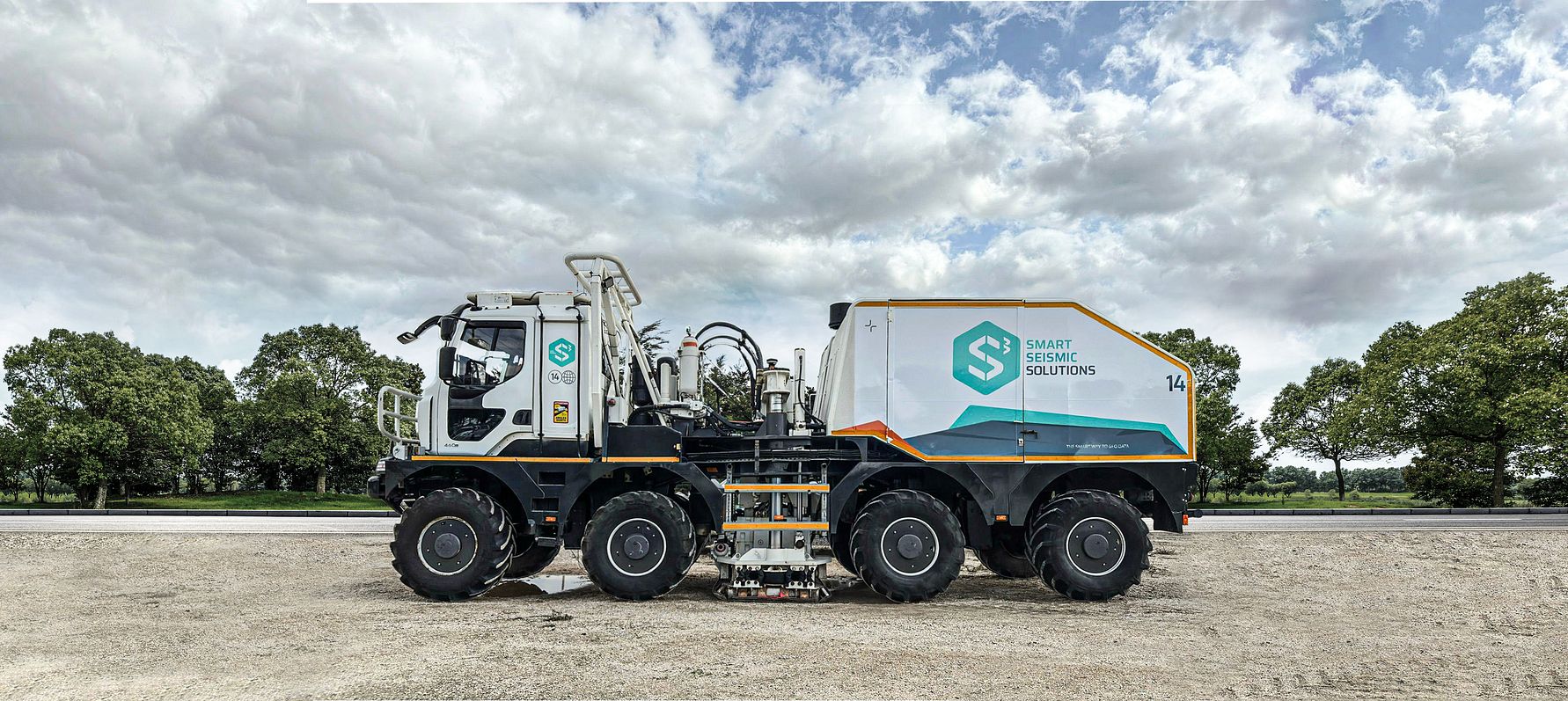Project Ruby conducts Denmark’s largest 3D seismic survey on land

In February 2025, Project Ruby will launch Denmark’s largest onshore 3D seismic survey to date. In total, approximately 200 km2 of land on South Lolland will be surveyed. The area covers the underground geological structure, the Rødby structure, which will potentially house a future CO2 storage facility from 2030. The 3D seismic survey is an important step on the way to making the final decision to establish the storage facility. The survey is one of several large-scale underground surveys that Project Ruby will conduct over the next few years. Intensive planning has been underway for several months, and the survey is being carried out in collaboration with the Danish geo experts from Geo and the French company Smart Seismic Solutions. CarbonCuts A/S and Nordsøfonden (the Danish state) are behind Project Ruby.
A crucial step towards a CO2 storage facility on South Lolland
The 3D seismic survey will provide a detailed picture of the subsurface geological layers and data from the survey will help determine whether South Lolland has the right conditions for establishing a permanent CO2 storage facility.
“The survey is a crucial part of Project Ruby’s initial geological investigations. We need to find out if the subsurface of South Lolland has the necessary geological conditions to store CO2 safely and permanently. If the study confirms what we already know, namely that the subsurface looks very suitable for storing CO2, the Rødby area could contribute significantly to reducing Denmark’s CO2 emissions,” says Charlotte Laurentzius, who is responsible for the study and Exploration Manager at CarbonCuts.
The scope of the study
From week 6, more than 40 people will place around 40,000 geophones along roads, in fields and on private land where consent has been given by landowners. After this, the vibratory vehicles, known as vibro-trucks, will begin their carefully planned route from February 10 and will operate for a period of approximately two weeks. Vibro-trucks will only operate on public roads or in places where consent has been obtained from South Lolland landowners. CarbonCuts has also informed about the study at a public meeting in December.
Invitation to Vibro-truck event in Holeby
For those who are curious about the advanced technology and the large machines, CarbonCuts invites you to an open event:
Wednesday, February 5 at 17-18 – in Holeby, at Climate Factory.
Here, interested parties will have the opportunity to experience a vibro-truck up close and hear a little more about the study. The event is open to everyone and requires no registration.
Thanks to the local community
CarbonCuts would like to say a big thank you to the many citizens who have consented to the placement of geophones and vibration meters on their properties. “Without the local support we have received, not least in the form of consent, we could not have completed this important 3D survey, so we are deeply grateful for that, and we are of course still available to answer questions about the survey and Project Ruby,” says Charlotte.
More information and new website
CarbonCuts has just launched a new Project Ruby website where interested parties can find more information about the study and sign up for the Ruby News newsletter for regular updates on the project’s activities.
In mid-February, Project Ruby has another major activity underway when a historic oil well from the 1950s, Rødby-2, located in a field near Næsby, will be reopened to investigate the subsurface down to a depth of 1600 meters. This will be done with a 36 meter high drilling tower, which will be set up temporarily for the activity for a few weeks. The well survey will provide an important complement to the seismic survey.
For more information about both the 3D seismic survey and the reopening of the Rødby-2 well, visit www.project-ruby.dk.
For further information, please contact:
Susanne Tolstrup +45 31720144 or Kenneth Prehn +45 9390 1455


